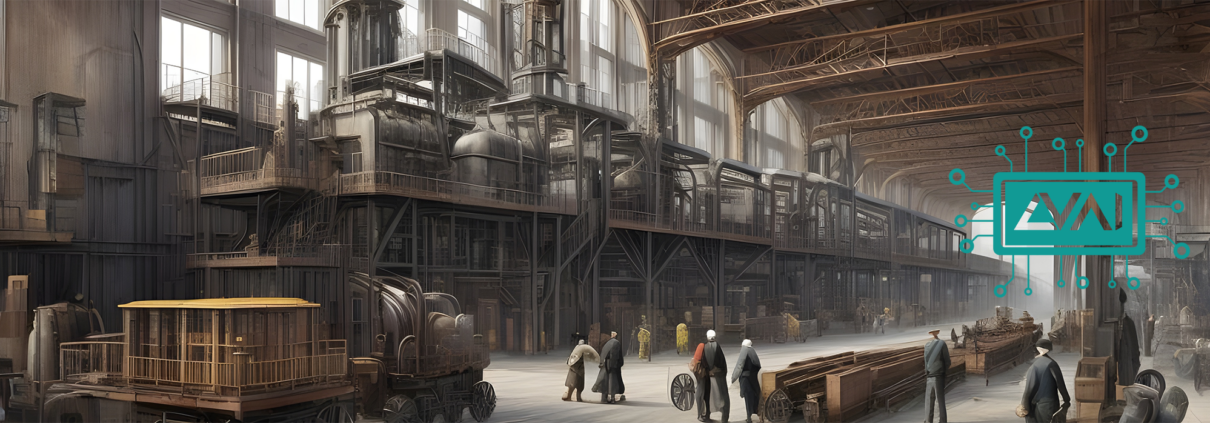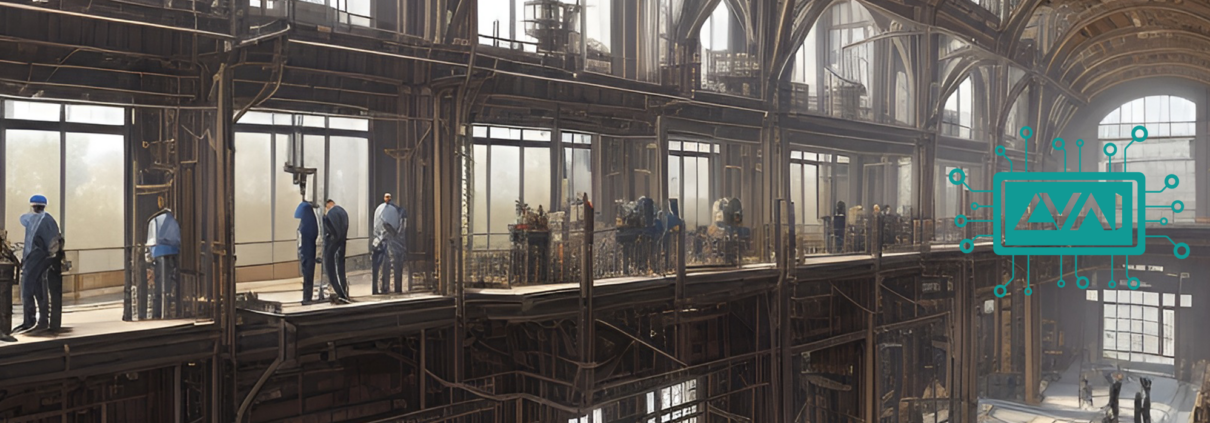The selection of a butterfly valve extends beyond design, influenced by various operational parameters. Here’s a breakdown of pivotal considerations ensuring the efficiency of your chosen valve

APPLICATION REQUIREMENTS :
- Dive deep into flow rate, pressure, temperature, and fluid type. Understanding these parameters aids in matching the most apt valve design.
VALVE SIZE AND PRESSURE RATING :
- Opt for a valve size resonating with your pipeline’s diameter, and ensure its pressure rating aligns with system demands.
VALVE MATERIAL :
- Factor in potential exposure to corrosive or abrasive elements. Material compatibility with fluid and environmental conditions prolongs valve longevity.
SEAT TYPE :
- Evaluate the valve’s seat material. While resilient seats (rubber/elastomers) assure commendable sealing, metal seats excel in durability, especially under abrasive and high-temperature situations.
ACTUATION METHOD :
- Choose between manual or automated valves based on adjustment frequency and system scale. While manual ones offer cost-effectiveness for sporadic adjustments, automated variants shine in extensive systems demanding remote control.
INDUSTRY STANDARDS AND CERTIFICATIONS :
- Ensure the chosen butterfly valve abides by pertinent industry standards and certifications, guaranteeing optimal quality, safety, and performance.
CONCLUSION :
The appropriate butterfly valve selection lays the foundation for streamlined fluid control. By meticulously evaluating the aforementioned factors and aligning them with industry standards, you can zero in on a butterfly valve tailored for your operational requisites.


